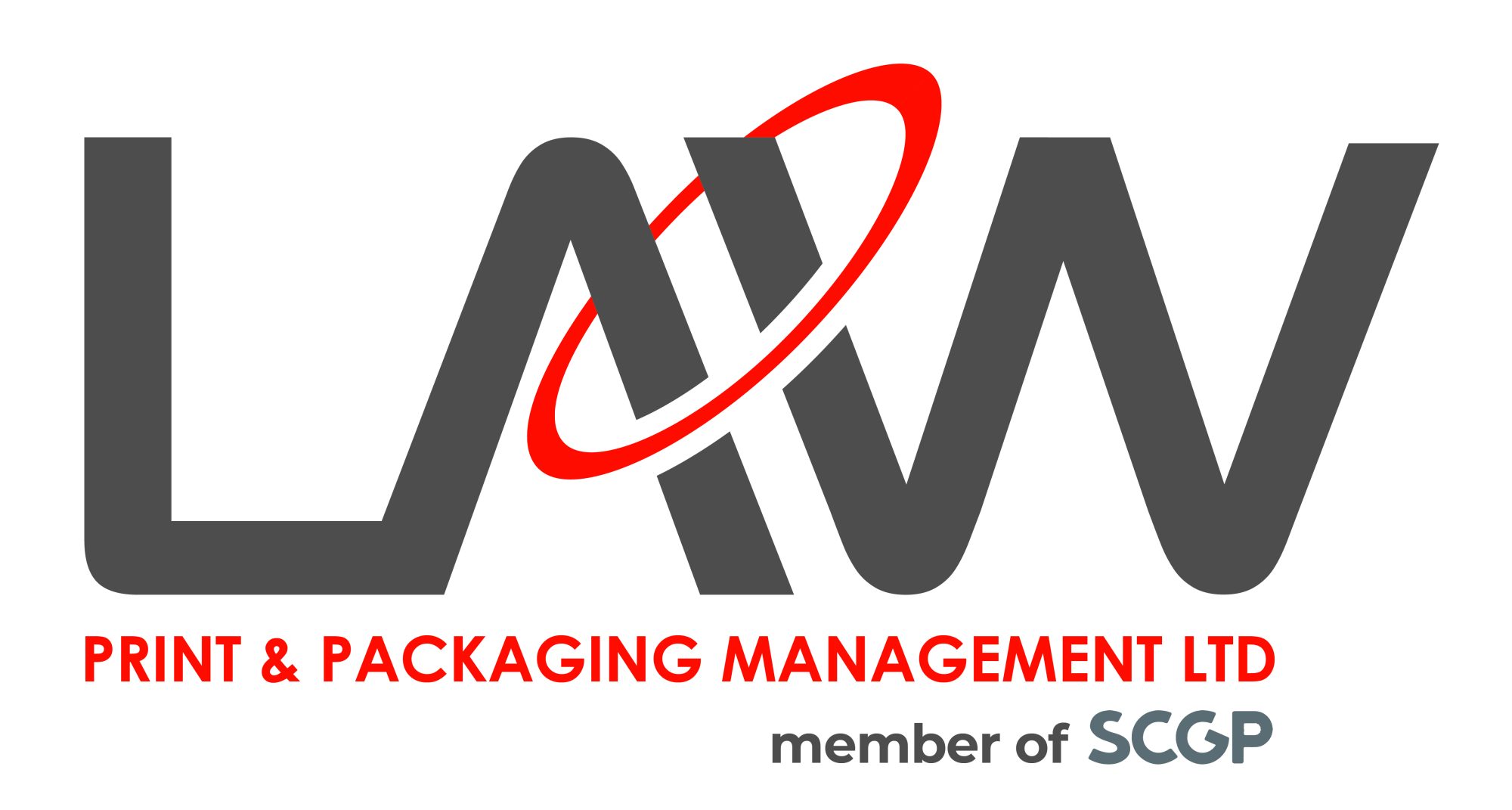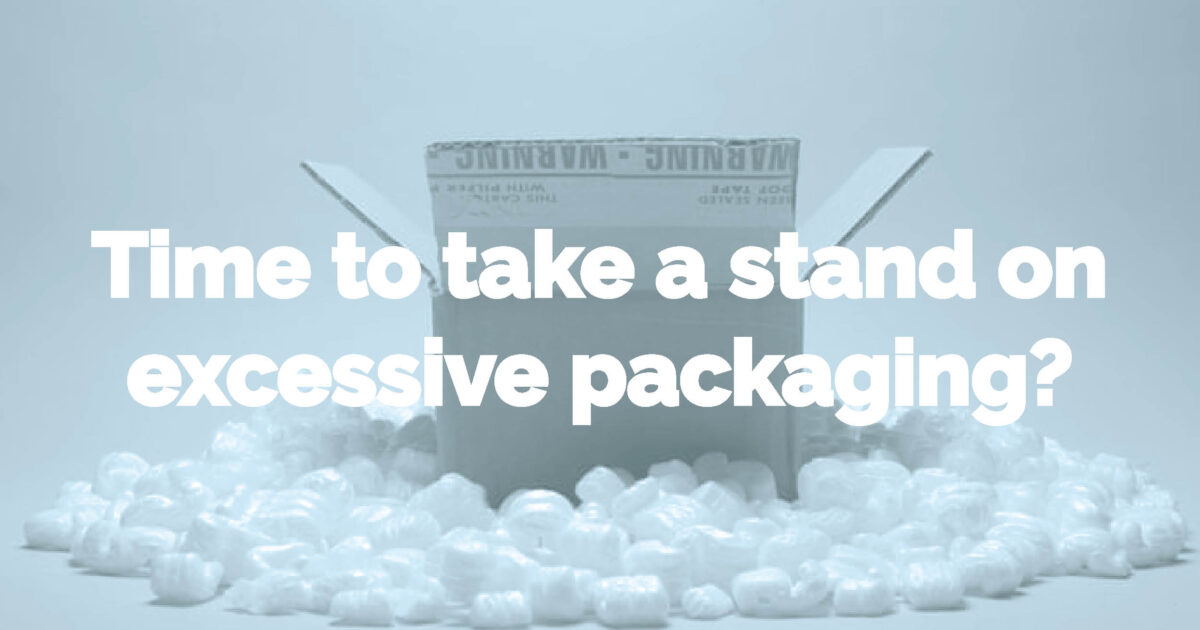We’ve all seen the backlash from excessive packaging. Headlines have called out the worst offenders and articles have highlighted our throwaway culture.
As the sustainability debate rages on, plastics taxes, single-use bans and new ‘eco-friendly’ alternatives have flooded the market. However, is this enough? Perhaps it’s time to go back to basics and take a stand on excessive packaging once and for all!
Less is More
Retailers and brands need to understand that sometimes less is more and it seems consumer research is backing this up. Reports suggest that for more eco-friendly focused brands, excessive product packaging negatively influences a consumer’s attitude so much, that it could cause brand avoidance.

Recently Starbucks, spurred on by changing consumer attitudes, made the switch from plastic to paper straws in order to curb their global plastic consumption. All well and good until the straws arrived individually wrapped in protective plastic and the brand understandably faced a backlash.
Consumers no longer want to deal with excessive packaging, so the pressure has been put on responsible waste disposal. It’s now common knowledge that certain materials are difficult to dispose of and end up clogging recycling bins/wider waste streams. Cutting out excessive packaging, especially for eco-conscious brands, is sure to improve sales and benefit the overall customer experience.
Packaging for e-commerce
E-commerce packaging is notoriously one of the worst offending sectors for excessive packaging. Many of the brands we work with are solely based online. They provide added convenience by selling directly from online stores and delivering straight to consumers’ homes. This is the first tangible brand touch-point so packaging quality needs to be consistent with what customers have seen online. Furthermore, the economics of shipping must be taken into consideration too.

This is one of the reasons why flexible packaging has grown significantly in the e-commerce sector. The weight of a flexible pouch is significantly less than that of more rigid containers. As a result, there are huge cost savings in direct to consumer shipping, as well as efficiency savings to the wider distribution chain from production to warehousing.
Balancing the Packaging vs Food Waste Equation
Even the most avid anti-plastic campaigner understands packaging to be a necessary evil, protecting food products and improving shelf life. Many retailers have seen the benefit of increasing packaging volume to provide lasting freshness and prevent food waste.

In developing countries, a staggering 50% of food fails to even reach the end consumer. Here in the UK complex distribution procedures and intelligent packaging design helps protect produce in transit and ensure long-lasting freshness. Even then 2 million tonnes of food is said to be thrown away from households every year for not being used in time, with many citing the date label as the key reason why. So, although some packaging seems excessive, it is crucial to fighting food waste, which in itself is another global issue.
We all know packaging isn’t going anywhere, but we can be a lot smarter about the changes we make moving forwards. At Law Print, we believe that reducing inevitable packaging waste to as little as possible is a good start to work towards a more circular economy.


